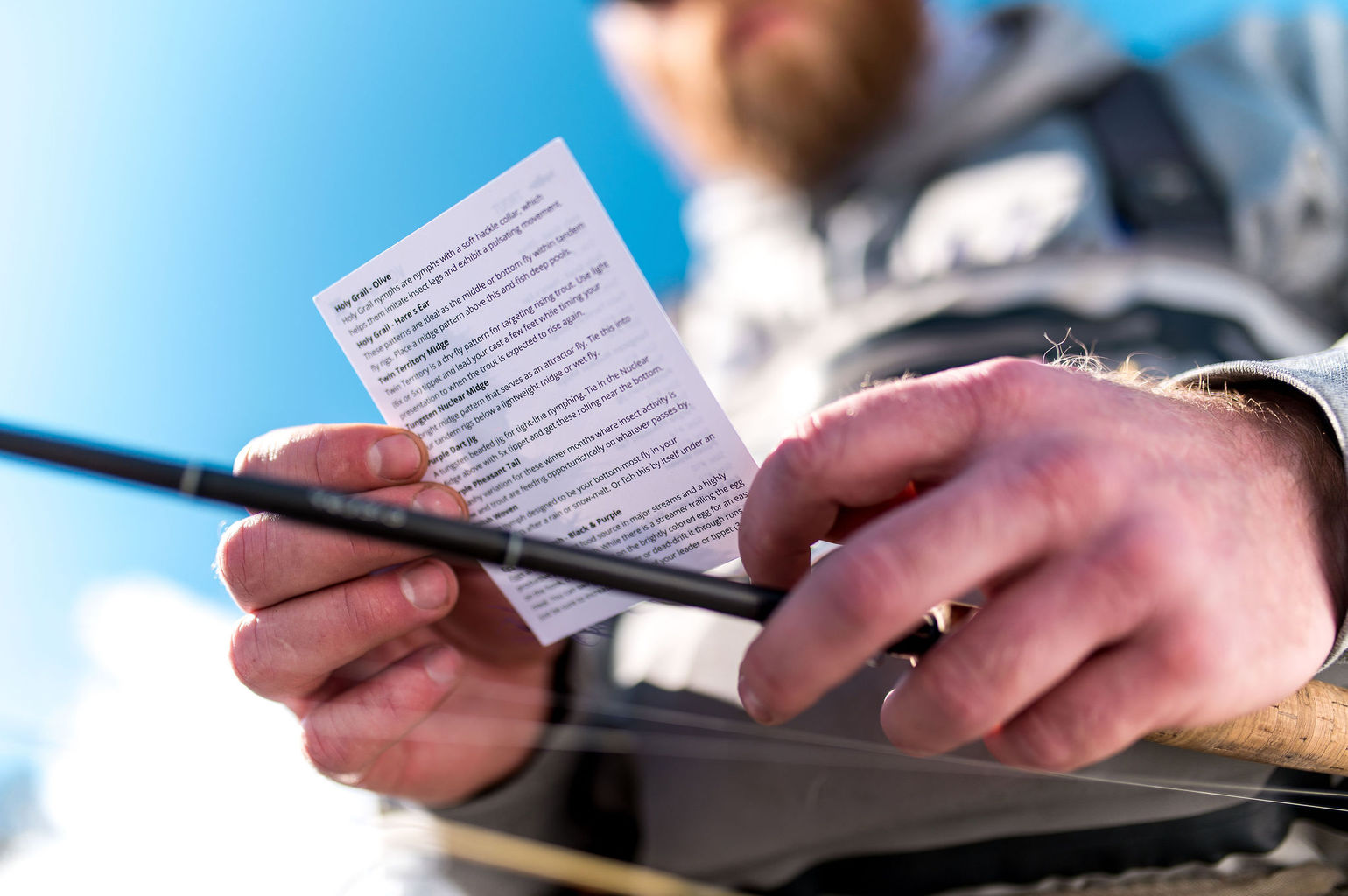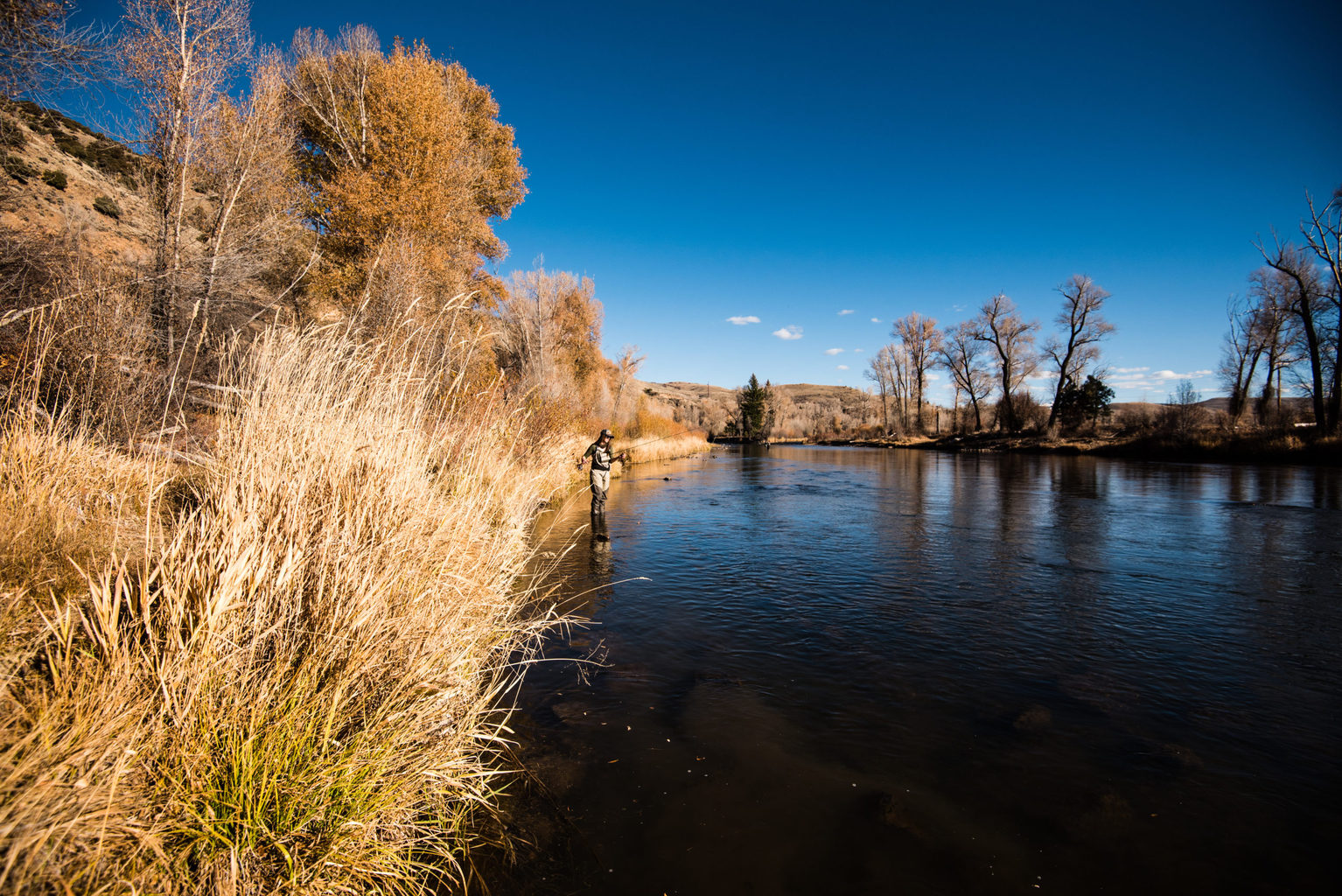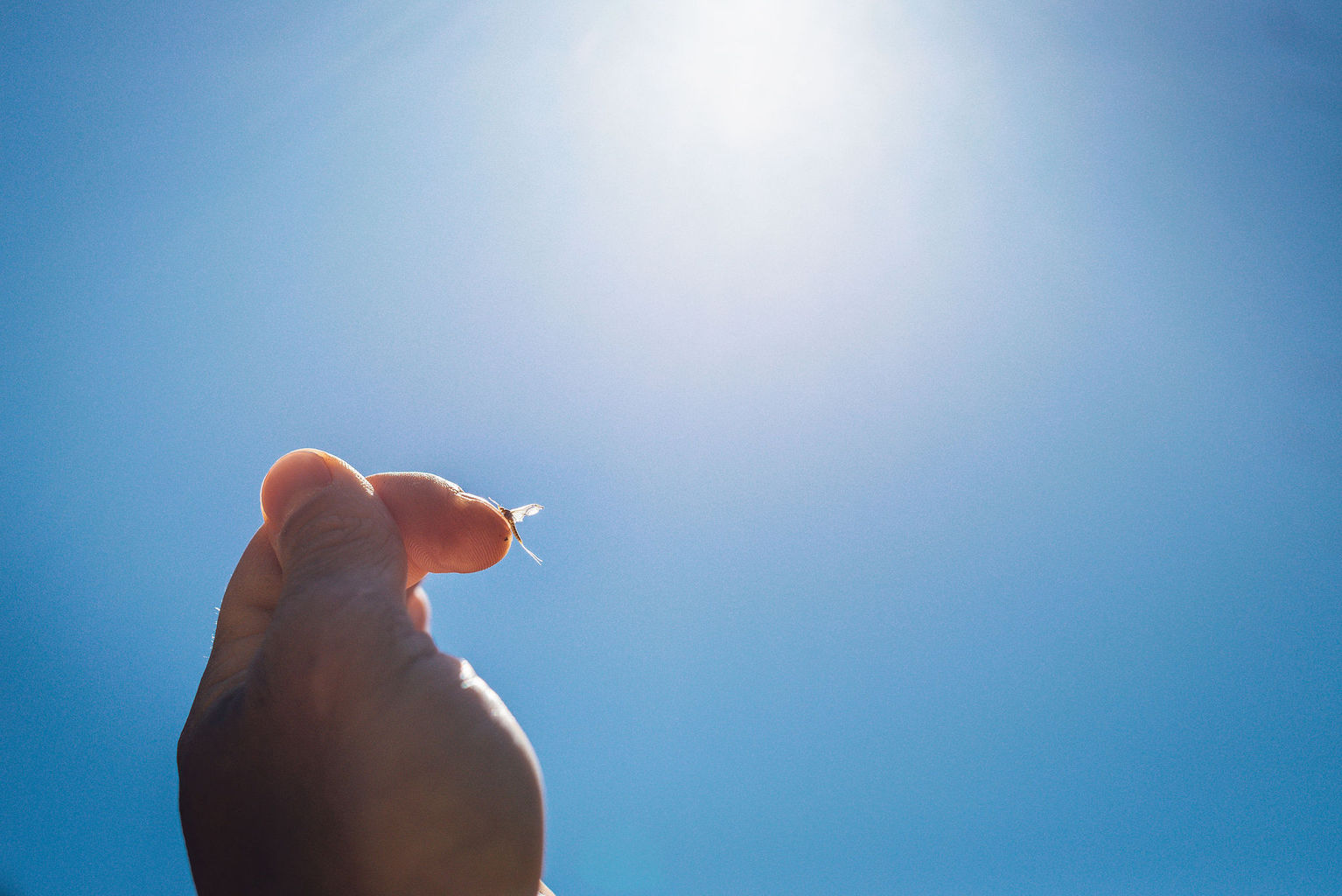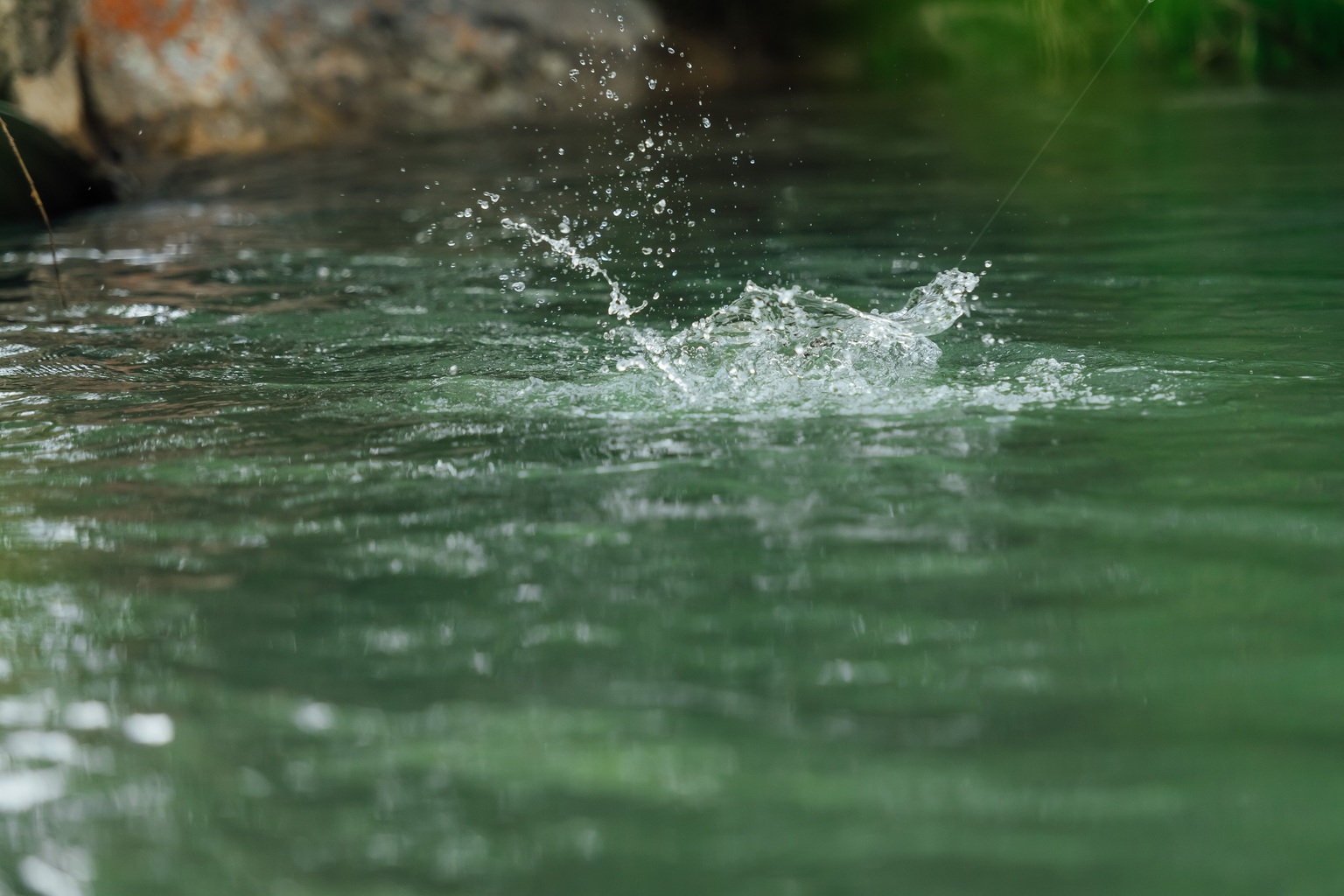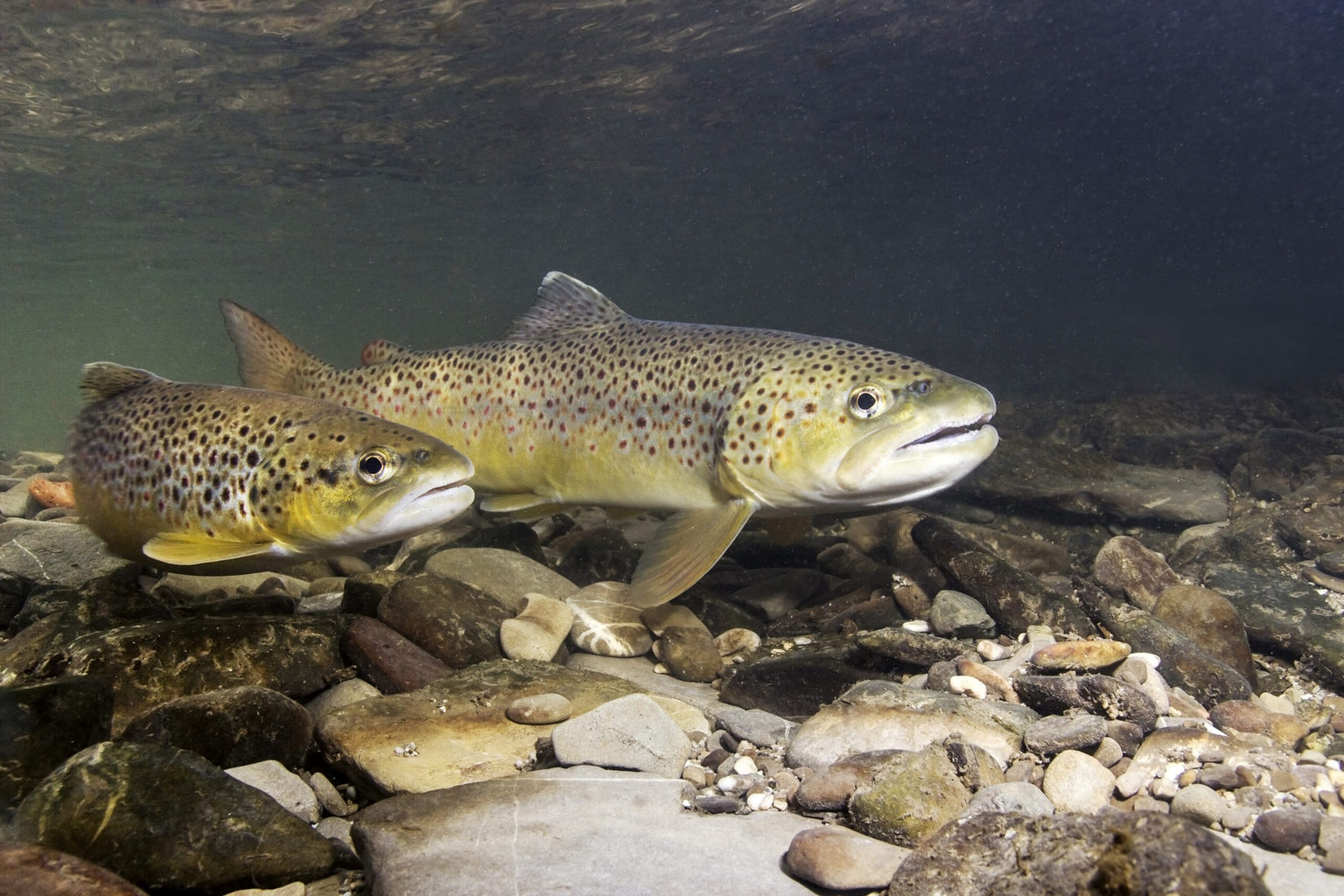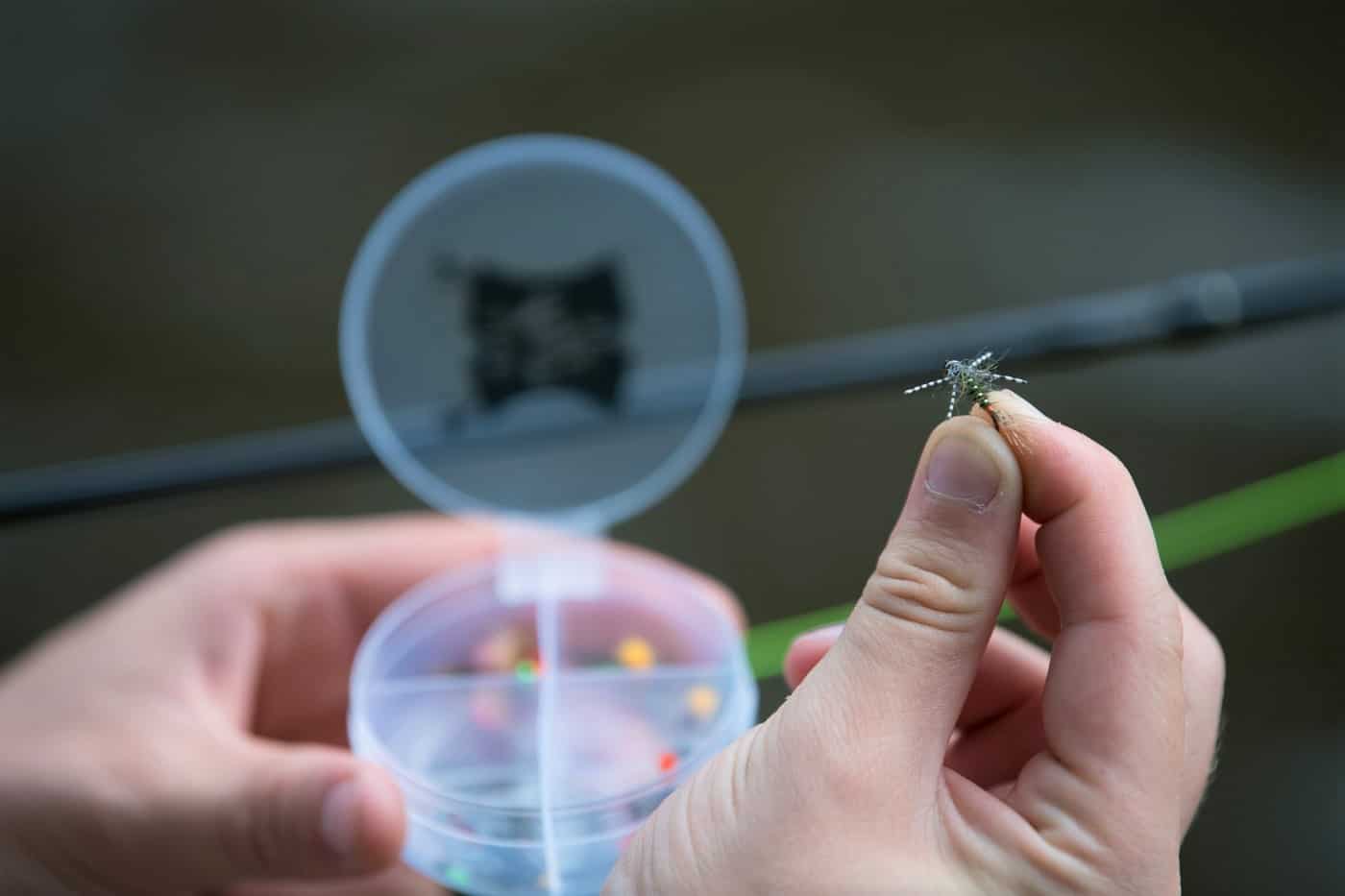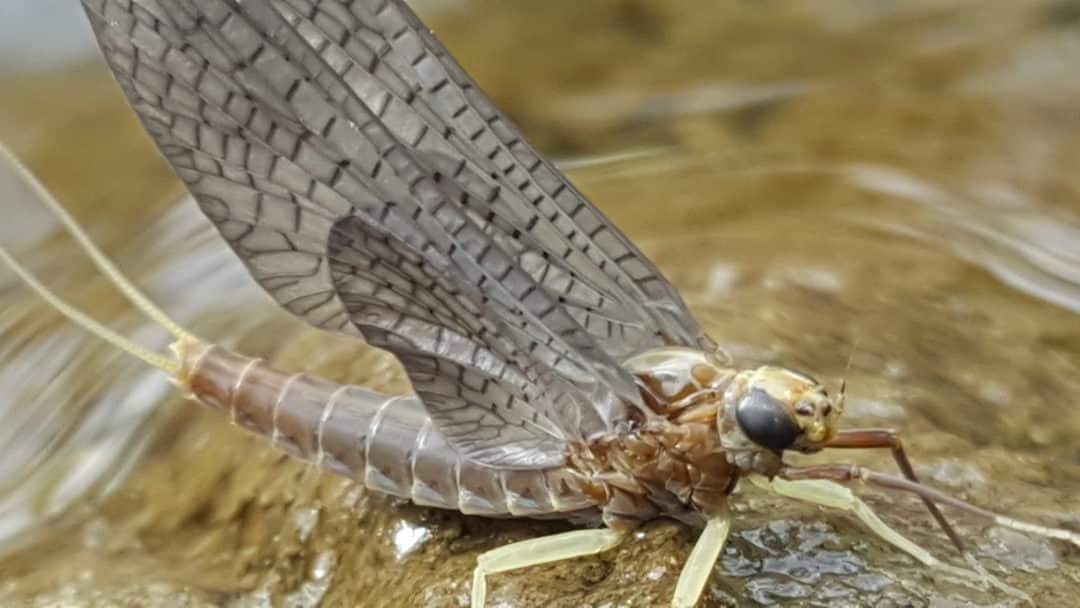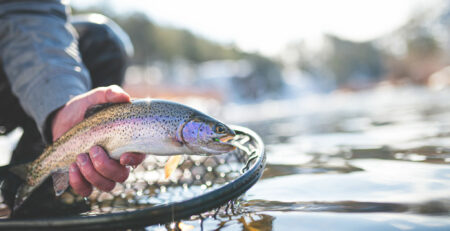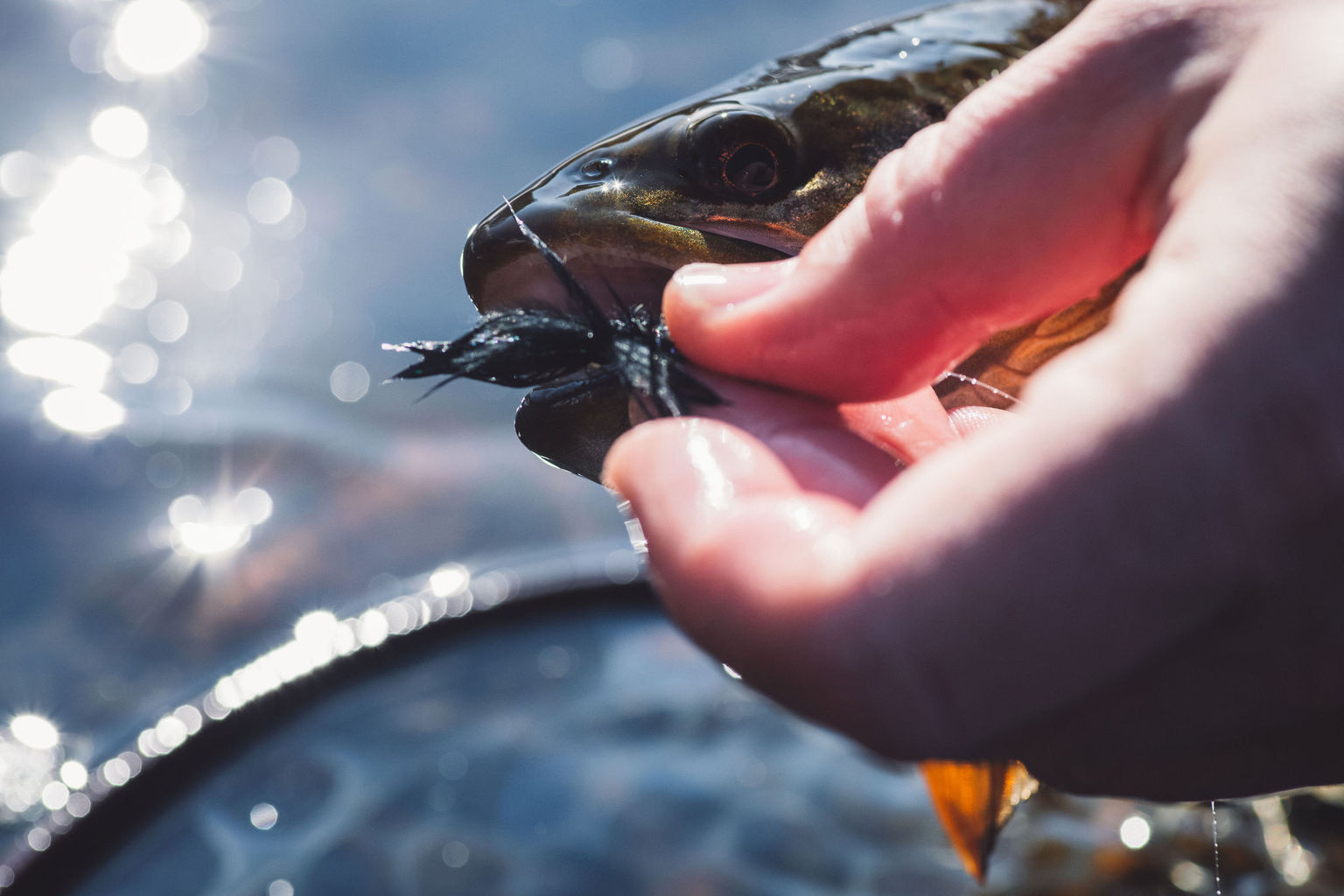Saving Money: How To Fly Fish On A Budget
Yes, fly fishing can be an expensive hobby if you plan on buying top-shelf gear and tools.
There is a common misconception that fly fishing is only for those with trust funds and fat wallets. Like in all hobbies, there are small circles where this can be true but fly fishing is about as expensive as you want to make it.
Table Of Contents
- How much does it cost to start fly fishing?
- What should you spend on a fly rod?
- So, what is ‘fly rod weight’?
- Choosing the right reel for your budget.
- How much should you really spend on flies?
- How much do fly fishing flies cost?
- How to save money on fly fishing flies.
You can save a lot of money avoiding brand name clothing and gear. Odds are you can get nearly the same quality from smaller brands here in the United States. I’d also recommend forgoing all the knick knacks and trinkets that flashy anglers have stuffed onto their vest or waders.
If you’re fly fishing on a budget, here are the basic fly fishing gear you should start with:
- Nipper & Retractable Zinger
- Hemostat & Retractable Zinger
- Fly Rod & Reel
- Fly Line, Leader, & Tippet
- Fly Fishing Flies
- Fishing Net
- Fly Box
- Fishing License / Permit
How much does it cost to start fly fishing?
On average, you can expect to spend $100 to $400 total to start fly fishing depending on the quality of equipment. There are plenty of fly rods, reels, lines, and flies that won’t break the bank. With that being said, there is a saying, “you get what you pay for”, and that is absolutely true when it comes to fly fishing.
Fly Rods
Your fly rod is one piece of equipment you’d want to invest a bit more into. You shouldn’t start off with high-end rods; those are practically a small fortune. Instead, go for mid-range priced fly rods ($150 – $350) with good warranties. These have higher quality craftsmanship and are made from better materials that will last you a lifetime when taken care of properly.
Shop around for deals and look for fly rod and reel combos for bigger savings.
I got started with a 9-foot 4-weight fly rod and have used it for nearly 10 years to catch bass, panfish, and hefty 21-inch trout. For fly fishing beginners I would recommend starting out with a 9-foot fly rod in either a 4 or 5-weight.
Here’s a quick guide for choosing the right fly rod.
So, what is ‘fly rod weight’?
Fly rod weight is a number that refers to the specific weight of fly line used to match the rod for optimum performance and casting ability. Fly rod weight (wt) doesn’t actually refer to the physical weight of the rod. It’s meant for pairing rods to lines.
- 1-wt to 3-wt are considered ‘light’ rods,
- 4-wt to 6-wt are ‘mid-ranged’ rods.
- 7-wt and up are ‘heavy’ rods.
This size and weight is perfect for beginners and perfect for fish in a wide range.
Reels
Fly fishing reels are essential for two main reasons. One, fly reels hold and help organize hundreds of feet of line which would otherwise be a huge, tangled mess. Two, a reel’s drag system helps make fighting large fish more manageable.
Personally, I’ve never spent more than $60 on a fly reel and don’t see a reason to unless you’re planning on a saltwater trip or to fight huge predatory fish like pike or musky.
Choosing the right size reel is more simple than it seems. Your fly rod weight should match your reel weight. For example, if your fly rod is a 4-weight then your fly reel should also be a 4-weight. Matching these weights helps balance out the fly rod and makes casting effortless.
Fly Fishing Made Easy 👍
Our Quarterly Fly Club ships 1,000’s of flies to anglers all across the United States. Receive curated fly assortments selected for the season with in-depth articles on how to fish them. Great for beginners to learn and for intermediates to discover new flies.
Fly Fishing Flies
When you’re first starting out, you only really need a dozen different fly patterns at most – roughly $40 or less if you can.
Put a little time into understanding what flies are recommended for your region and go from there. Even as a fly manufacturer selling hundreds of different patterns, I only fish a dozen different patterns or so throughout the year with very little deviation.
You’ll find that as you gain more experience certain flies will become favorites – ones that always seem to catch fish no matter where you go.
How much do fly fishing flies cost?
Depending on what quality you want and what your budget can afford, fly fishing flies can range from $.50 to $3 with an average of $1.75.
Before The Fly Crate started in 2016, I used to throw my money at $0.50 flies and found that it can be a hit or miss with the quality. Sometimes I’d receive flies that don’t even match what’s depicted in the image or the dry fly would be so matted that it could barely stay afloat. I also used to splurge $3.50 on a single fly only to have it get stuck in a tree.

How to save money on fly fishing flies.
From being in the industry for nearly a decade, the best ways to save money on flies is to either tie your own, join a savings plan, buy in volume, and or take advantage of annual sales.
No matter what, in some shape or form you’re going to have to invest in flies.
Tie your own flies to save.
Many people consider tying flies to be a great way to save money, especially if you tie large volumes. If you start with the bare basics and low-end tools, you could probably start making a dozen or so different patterns for as little as $100. Just on the basis of material cost, you can make your own flies for about $0.75 a piece.
However, this doesn’t include the massive learning curve and dozens of hours it takes to become proficient. Granted, flies don’t have to look good to catch fish – but it certainly can’t hurt.
Back in the days when I was a commercial fly tier, it took around 6-minutes to start and finish a fly of modest difficulty. That’s roughly 10 flies per hour. Here at The Fly Crate, 10 flies will run you for around $18.50. Compare this against how much you value your time and that can be a quick deciding factor in whether you should start tying flies or not.
Fly tying can get quite expensive when you dive into making a wide variety of patterns – or dare I say it – pick up tying flies as another hobby. This means more materials, more tools, and a lot more time.
If you’re just in it to save money, tying flies can be a fun way to save a quarter or dime per fly. Just be careful not to catch the ‘fly tying’ itch.
Join a savings plan.
Many companies offer savings plans or loyalty programs just for shopping exclusively through them. Why? Companies spend a lot of money advertising and will happily compensate you for saving them a couple of bucks. For example, here at The Fly Crate, we offer $30 of store credit for $19.95. Basically, a free $10 per month of Fly Bucks just to keep you shopping here. That’s 33% of savings on things you were going to buy anyways.

Buy in volume.
Buying in volume is a simple way to save a couple of dollars. Companies want you to buy more and they are willing to compensate you for it. Over a certain quantity, companies will give you a small percentage discount on your order. With The Fly Crate, we give up to 11% off on all flies if you order more than 12 flies.
Take advantage of annual sales.
This is an easy one and certainly not a trade secret. When big sales come, stock up and take advantage of the easy savings. Most annual sales will occur during the Christmas season, spring season, and during the late summer for clearing out old stock.
Fly Fishing Made Easy 👍
Our Quarterly Fly Club ships 1,000’s of flies to anglers all across the United States. Receive curated fly assortments selected for the season with in-depth articles on how to fish them. Great for beginners to learn and for intermediates to discover new flies.

